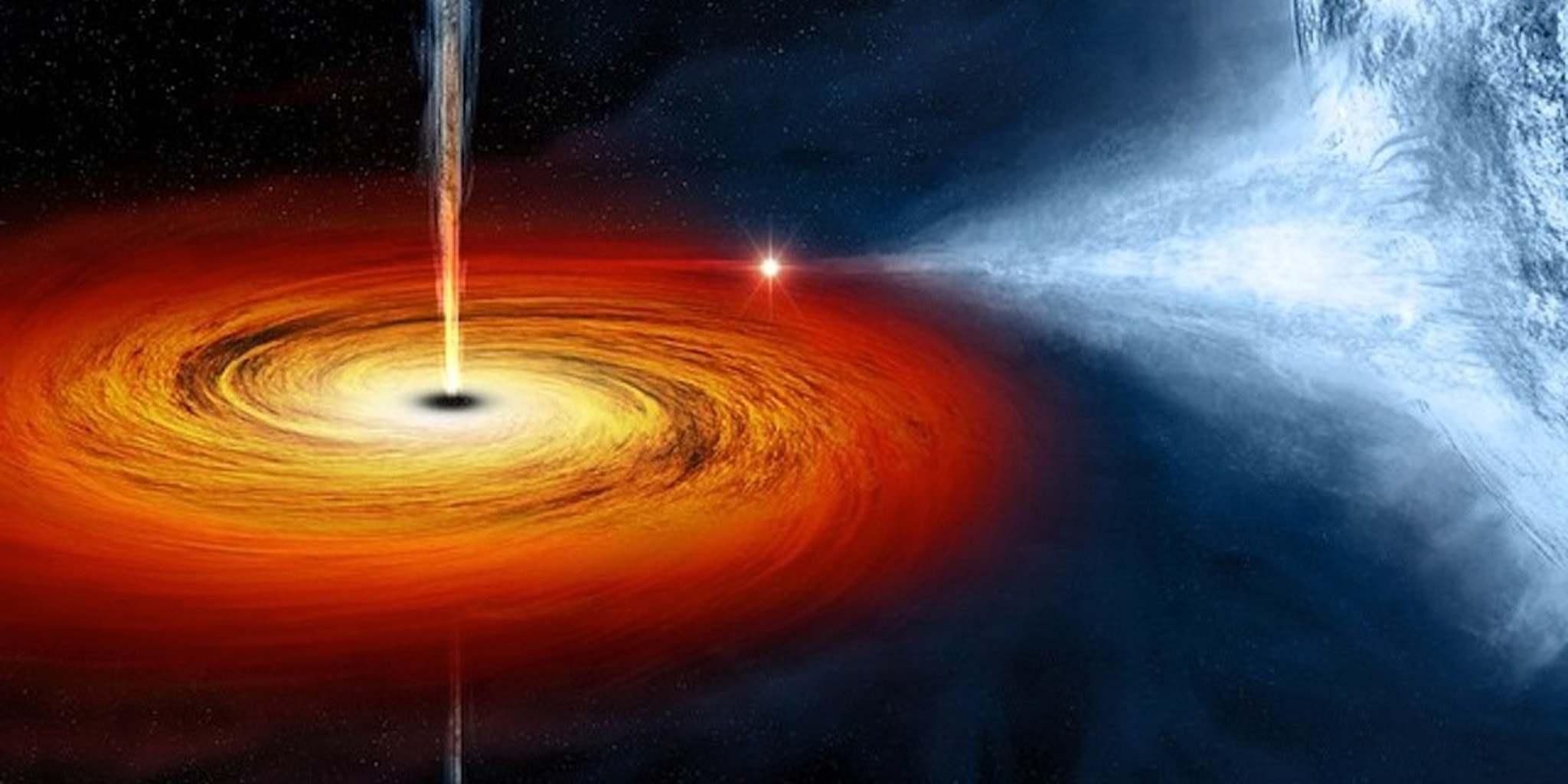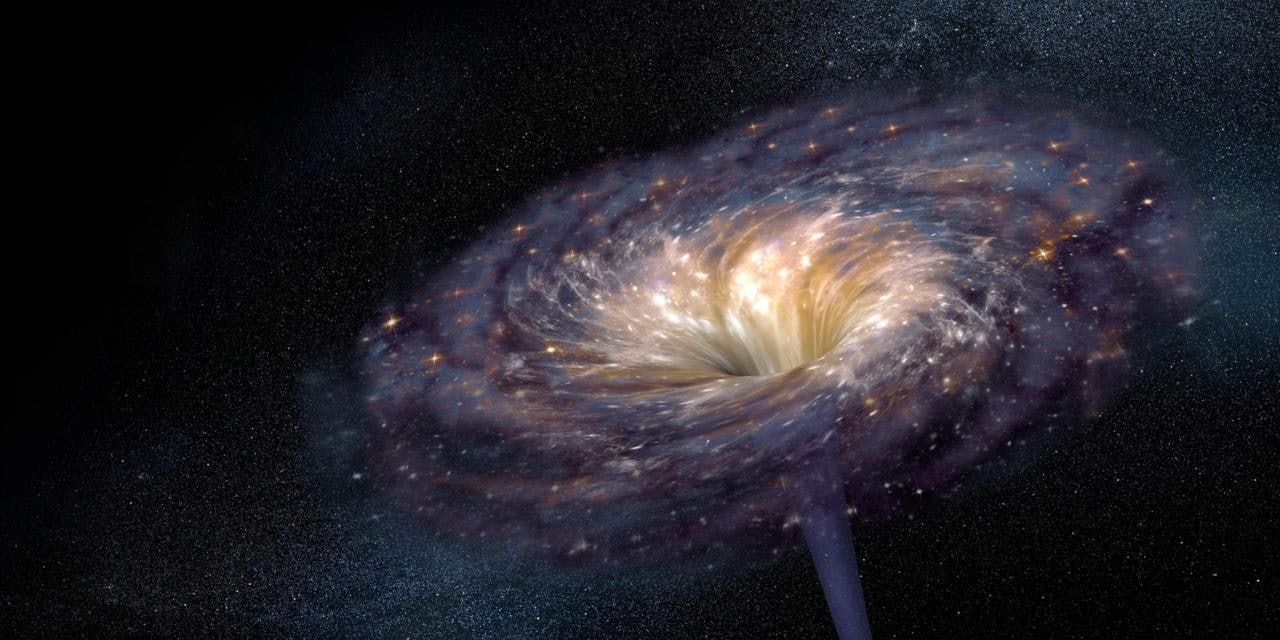
None of this was proof that black holes were holograms.

How did this idea go from black holes to the entire universe? Eventually, he and others saw that this, too, pointed to the idea that what looked like a 3D object - a black hole - might be best understood using only two dimensions. "For ordinary matter systems, the entropy is proportional to the volume, not the area," says Juan Maldacena, an Argentinian physicist involved in studying the holographic principle. In the '70s, Jacob Bekenstein had calculated that their entropy is capped, and that the cap is proportional to the 2D area of a black hole's event horizon.

The entropy problem: There was also the related problem of calculating the amount of entropy in a black hole - that is, the amount of disorder and randomness among its particles. "The analogy that both of us independently were thinking about was that of a hologram - a two-dimensional piece of film which can encode all the information in a three-dimensional region of space," Susskind says. In this way, the information isn't really destroyed.Īnd their calculations showed that on just the 2D surface of a black hole, you could store enough information to completely describe any seemingly 3D objects inside it. Later, when radiation leaves the black hole, it picks up the imprint of this data. One solution, proposed by Susskind and Dutch physicist Gerard 't Hooft in the mid-'90s, was that when an object gets pulled into a black hole, it leaves behind some sort of 2D imprint encoded on the event horizon. In essence, the same thing was thought to be true with particles.īut there was a problem: If a black hole disappears, then the information present in any object that may have been sucked into it seemingly disappears, too. It's been cut into tiny pieces, but it hasn't disappeared, and given enough time, the documents could be reassembled so that you'd know what was written on them originally. Even though they're cut into tiny pieces, the information present on the pieces of paper still exists. It's long been thought that physical information can't be destroyed: All particles either retain their original form or, if they change, that change impacts other particles, so the first set of particles' original state could be inferred at the end.Īs an analogy, think of a stack of documents that are fed through a shredder. However, this idea prompted what's known as the black hole information loss problem. An illustration of radiation escaping from a black hole. Eventually, as this energy bleeds away from the event horizon - the black hole's outer edge - the black hole should completely disappear. In 1974, Stephen Hawking famously discovered that black holes, contrary to what had long been thought, actually emit slight amounts of radiation over time. The idea originally came out of a pair of paradoxes concerning black holes.ġ) The black hole information loss problem Where did the idea that the universe might be a hologram come from? And as of yet, not all physicists believe we have a good way of testing the idea experimentally. Rather, they're intriguing suggestions that our universe could be a hologram. These calculations aren't the same as a mathematical proof. There's no direct evidence that our universe actually is a two-dimensional hologram. "It's become a working, everyday tool to solve problems in physics."īut there's an important distinction to be made here. "It's not considered some wild speculation among most theoretical physicists," says Leonard Susskind, the Stanford physicist who first formally defined the idea decades ago. In short, the laws of physics seem to make more sense when written in two dimensions than in three. But when physicists assume it's true in their calculations, all sorts of big physics problems - such as the nature of black holes and the reconciling of gravity and quantum mechanics - become much simpler to solve.
A RAINBOW BEING SUCKED INTO A BLACK HOLE TV
Like the characters on a TV screen, we live on a flat surface that happens to look like it has depth. The thinking goes like this: Some distant two-dimensional surface contains all the data needed to fully describe our world - and much like in a hologram, this data is projected to appear in three dimensions. The idea isn't that the universe is some sort of fake simulation out of The Matrix, but rather that even though we appear to live in a three-dimensional universe, it might only have two dimensions.

Some physicists actually believe that the universe we live in might be a hologram.


 0 kommentar(er)
0 kommentar(er)
